Filter by

Sowing Legume Seeds, Reaping Cash : A Renaissance within Communities in Sub-S…
This open access book shares impact stories – testimonies from various value chain actors who have been part of the Tropical Legumes (TL) projects, over the past twelve years. The Tropical Legumes projects led by ICRISAT in three parts (TLI, TLII and TLIII), constitute a major international initiative supported by the Bill & Melinda Gates Foundation (BMGF) and jointly implemented by the Inter…
- Edition
- 1
- ISBN/ISSN
- 9789811508455
- Collation
- XVI, 106 hlm; ill., lamp.,
- Series Title
- -
- Call Number
- -
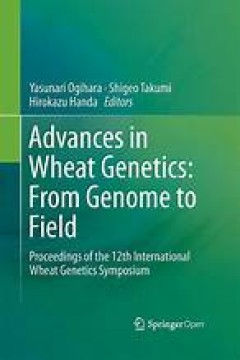
Advances in Wheat Genetics: From Genome to Field
This proceedings is a collection of 46 selected papers that were presented at the 12th International Wheat Genetics Symposium (IWGS). Since the launch of the wheat genome sequencing project in 2005, the arrival of draft genome sequences has marked a new era in wheat genetics and genomics, catalyzing rapid advancement in the field. This book provides a comprehensive review of the forefront of wh…
- Edition
- 1
- ISBN/ISSN
- 978-4-431-55675-6
- Collation
- -
- Series Title
- XVI, 445
- Call Number
- 572

The Wheat Genome
This open access book provides the first comprehensive coverage of the wheat genome sequence since the publication of the draft and reference sequences for bread wheat and durum wheat. It presents an overview and all aspects of the gold standard sequence of the bread wheat genome, IWGSC RefSeq v1.0 and its subsequent improvements through 2022 (IWGSC RefSeq v2.1), as well as the sequencing of mu…
- Edition
- -
- ISBN/ISSN
- 978-3-031-38294-9
- Collation
- XIV, 320
- Series Title
- -
- Call Number
- -
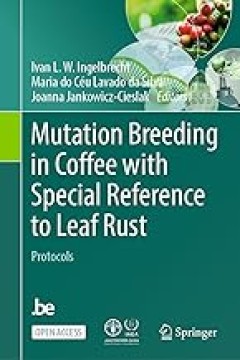
Mutation Breeding in Coffee with Special Reference to Leaf Rust
This open-access book provides a comprehensive overview of current methodologies for improving resistance to leaf rust in coffee, one of the world's most important cash crops and beverages. Coffea arabica L. (Arabica) accounts for about 60% of the world's coffee production. Coffee leaf rust (CLR), caused by the fungus Hemileia vastatrix is the major disease affecting Arabica coffee resulting in…
- Edition
- -
- ISBN/ISSN
- 978-3-662-67272-3
- Collation
- XX, 314
- Series Title
- -
- Call Number
- -
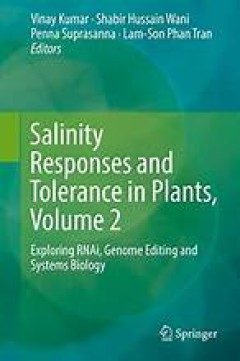
Salinity Responses and Tolerance in Plants, Volume 2
Soil salinity is a key abiotic-stress and poses serious threats to crop yields and quality of produce. Owing to the underlying complexity, conventional breeding programs have met with limited success. Even genetic engineering approaches, via transferring/overexpressing a single ‘direct action gene’ per event did not yield optimal results. Nevertheless, the biotechnological advents in last d…
- Edition
- 1
- ISBN/ISSN
- 978-3-319-90318-7
- Collation
- Kedokteran/ Obat
- Series Title
- -
- Call Number
- 615

The Sorghum Genome
This book provides insights into the current state of sorghum genomics. It particularly focuses on the tools and strategies employed in genome sequencing and analysis, public and private genomic resources and how all this information is leading to direct outcomes for plant breeders. The advent of affordable whole genome sequencing in combination with existing cereal functional genomics data has…
- Edition
- 1
- ISBN/ISSN
- 978-3-319-47789-3
- Collation
- Kedokteran/ Obat
- Series Title
- -
- Call Number
- 615
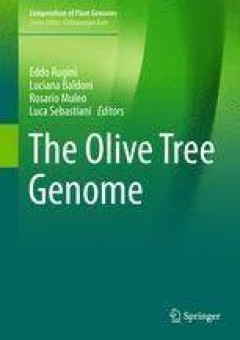
The Olive Tree Genome
This book provides an introduction to the genetics, genomics, and breeding of the olive tree, a multi-functional long-lived crop plant that is relevant not only for culinary olive and oil production, but also for shaping the landscape and history of many rural areas for centuries. Today, the recognized health benefits of extra-virgin olive oil provide new impulses for introducing innovation in …
- Edition
- 1
- ISBN/ISSN
- 978-3-319-48887-5
- Collation
- Biologi
- Series Title
- Compendium of Plant Genomes
- Call Number
- 570
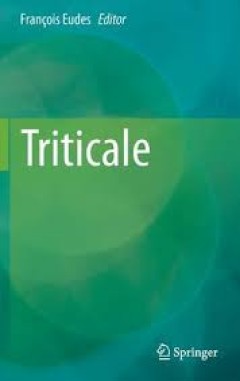
Triticale
Triticale crop species has received substantial research support since the mid-20th century making it a commercial success in many countries, in diverse value propositions. However, no recent book captures the new knowledge and progresses made in more than 2 decades. The purpose of this work is to review and collate the new knowledge of triticale plant biology and agronomy, while considering th…
- Edition
- -
- ISBN/ISSN
- 978-3-319-22551-7
- Collation
- -
- Series Title
- -
- Call Number
- -
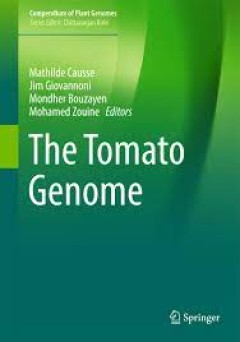
The Tomato Genome
This book describes the strategy used for sequencing, assembling and annotating the tomato genome and presents the main characteristics of this sequence with a special focus on repeated sequences and the ancestral polyploidy events. It also includes the chloroplast and mitochondrial genomes. Tomato (Solanum lycopersicum) is a major crop plant as well as a model for fruit development, and the av…
- Edition
- -
- ISBN/ISSN
- 978-3-662-53389-5
- Collation
- -
- Series Title
- -
- Call Number
- -
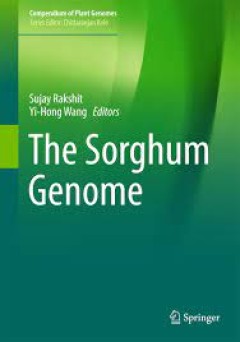
The Sorghum Genome
This book provides insights into the current state of sorghum genomics. It particularly focuses on the tools and strategies employed in genome sequencing and analysis, public and private genomic resources and how all this information is leading to direct outcomes for plant breeders. The advent of affordable whole genome sequencing in combination with existing cereal functional genomics data has…
- Edition
- -
- ISBN/ISSN
- 978-3-319-47789-3
- Collation
- -
- Series Title
- -
- Call Number
- -
 Computer Science, Information & General Works
Computer Science, Information & General Works  Philosophy & Psychology
Philosophy & Psychology  Religion
Religion  Social Sciences
Social Sciences  Language
Language  Pure Science
Pure Science  Applied Sciences
Applied Sciences  Art & Recreation
Art & Recreation  Literature
Literature  History & Geography
History & Geography